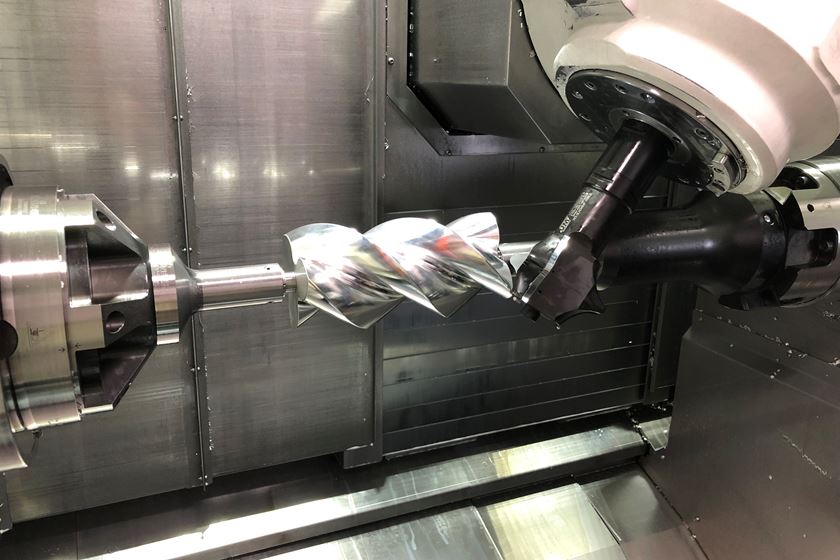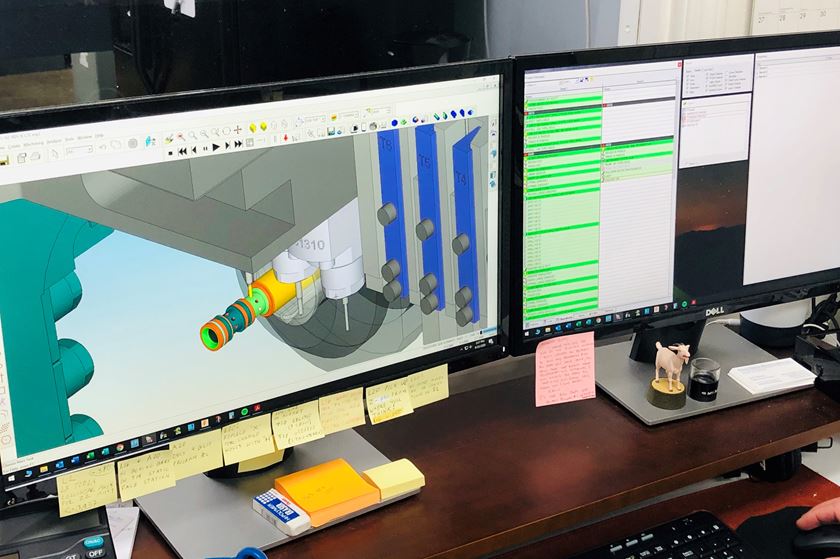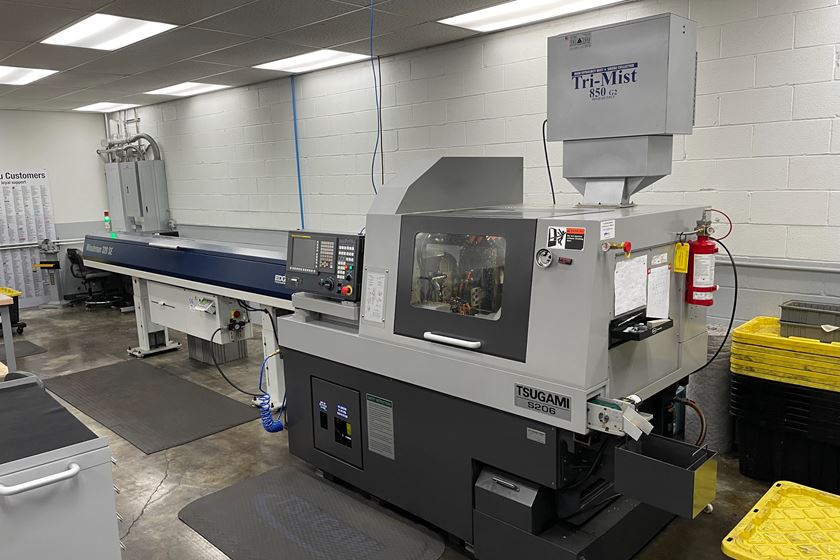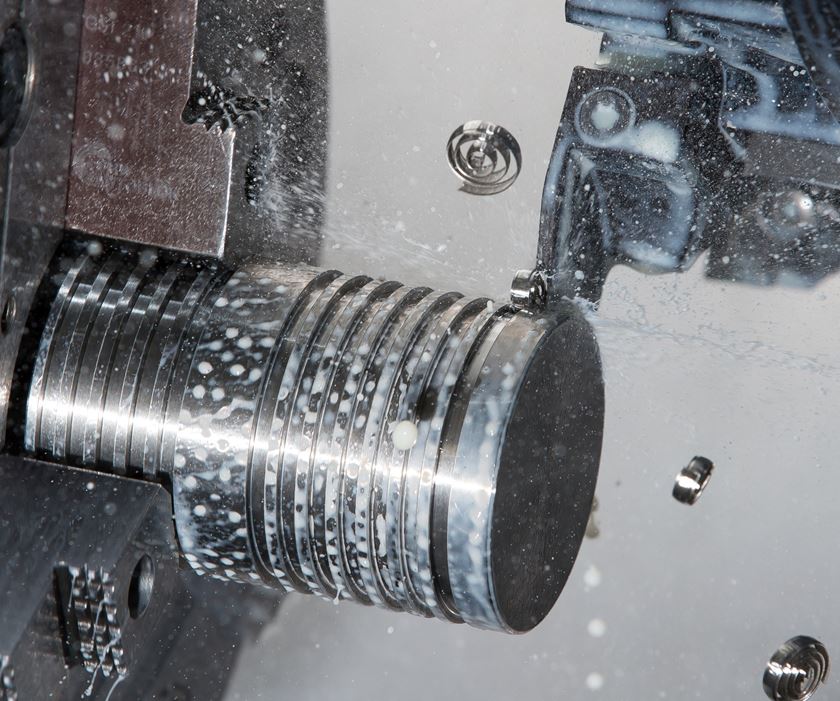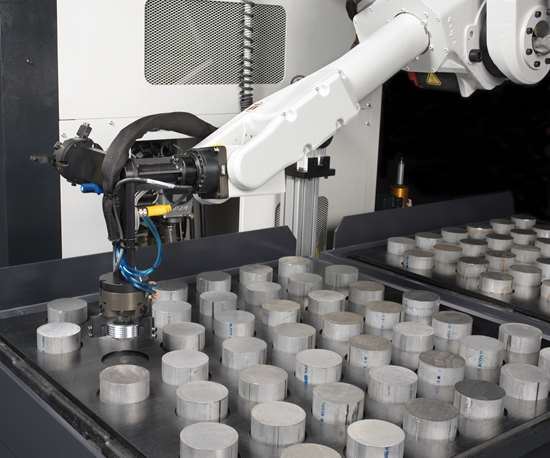The Importance of Drying Parts After Cleaning
Most cleaning processes consist of three steps, not two: wash, rinse and dry. That drying step is absolutely necessary for everything from product finishing to product performance to effective throughput to product quality.
Drying should get the respect it deserves. At least in the world of parts cleaning. Most cleaning processes consist of three steps, not two: wash, rinse and dry. That drying step is absolutely necessary for everything from product finishing to product performance to effective throughput to product quality.
简而言之,干燥的目的是去除water and/or solvent residue from parts. This goal must be reached without incurring physical damage or undesirable surface modification of the part, promoting corrosion, or depositing soils back onto the part.
Water or other cleaning or rinsing agents can interfere with both subsequent coating and product quality. Residual liquids can result in spotting or corrosion. Residue that is adsorbed into product surfaces can outgas and damage other products or, especially in medical applications, harm people. Outgassing is, in effect, delayed drying of a surface that appears to be dry.
Drying is often under-funded or ignored, and it is often the rate-limiting part of the cleaning process. Consider the impact of drying and cool-down times on process flow. To build a truly cost-effective drying process, an operation must plan, evaluate and budget accordingly.
Drying techniques can be divided into physical and chemical approaches. It is important to review the types of drying and consider all the options. A particular manufacturing process might even require more than one type of drying.
Physical Drying Methods
In most physical drying processes, air is used to displace rinse water from the part. Examples of physical drying methods are blow-off, convection, forced air, radiant heat, centrifugal, desiccant and vacuum.
Manual air blow-off uses shop air to dry parts. It is sometimes automated as the final step in an in-line cleaning system. Once the drying nozzles have been appropriately placed relative to the product, and once the velocity and temperature have been set, the conveyor belt’s length and speed essentially control the drying process.
Convection-oven drying is controlled by gravity or mechanically controlled. Gravity convection works on the principle that warm air rises, and while this method may be less expensive, there can be large temperature variations within the oven. In mechanical convection, a fan stirs the air for more uniformity, but the air flow still may not reach blind holes, for example.
Vacuum drying involves radiant or conductive heating and tends to be costlier than other methods. It is effective for drying blind holes, but it isn’t necessarily faster. The vapor pressure of the liquid is determined by the temperature, so while the liquid may boil at a lower temperature, the rate of evaporation is not faster.
Chemical Drying Methods
Solvent drying or solvent displacement typically is used to remove water or a high-boiling rinse agent. Isopropyl or methyl alcohol, or acetone may be used to remove traces of rinse water. Where even more drying is desired, materials such as hydrofluorocarbons or hydrofluoroethers may be used to displace alcohol. In such applications, the drying agent may also function as a wash or rinse agent to remove thin film or particulate contamination. In some instances, super-critical carbon dioxide is necessary.
While drying is important, high temperatures can cause surface damage or product deformation, so it’s also important to make sure the solvents at the temperatures used for drying are compatible with materials of construction.
As we said earlier, drying must be accomplished without incurring physical damage or undesirable surface modification of the parts, promoting corrosion, or redepositing soils. Centrifugal drying in particular can produce physical damage if the right fixtures aren’t selected that can minimize product damage and enhance drying effectiveness.
Also, the drying process itself can be a source of contamination. If shop air is used for blow-off drying, point-of-use filtration is essential to avoid particles or oils being deposited on the parts. In vacuum drying, silicone pump oil can be a contamination source.Also don’t assume that solvent displacement means it is not necessary to worry about contamination. Check the cleanliness of the solvent, including looking for both chemical or thin-film contamination and particles. Even solvent dispensed from a single-use aerosol container can have contaminants that interfere with drying.
With all drying systems, it is important to check that air quality is adequate and that the system is powerful enough to cope with product configuration or throughput. Drying system capacity should also be considered. As with wash and rinse tanks, drying chambers can be overloaded, so be realistic about drying capacity.
Drying enhances productivity, but it is not a shortcut to avoid washing and rinsing. Drying without adequate soil removal can result in a big mess. If metalworking fluids remain in blind holes or helicoils after the rinse step, drying may cause those soils to be transferred out of the blind holes and onto the surface of the part. Heat can caramelize or bake on residual soils.
Finally, once the part is clean and dry, take steps to store it correctly; ship it in the right packaging. The more time between product drying and product finishing, the more opportunity there is for recontamination.
Barbara and Ed Kanegsberg are industrial cleaning consultants with BFK Solutions, and industry leaders in critical/precision and industrial product cleaning. For questions or to receive their newsletter, call 310-459-3614 or info@bfksolutions.com.
RELATED CONTENT
Continuous, In-Process Washing System For High-Production Machines
Dan Walters' invention is a part washing machine that attaches directly to the machine tool while occupying about 10 square feet of floor space. The Wheelie Washer is a conveyor-like system that takes the parts through various chemicals and solutions, removing the oil from each part and drying them.
Simple, Effective Parts Cleaning
After trying an array of parts cleaning methods over the years, this shop has implemented an environmentally friendly, relatively simple system to clean every part it produces.
Cleaning Parts Cost Effectively
A shop should look at all aspects of the production process to maximize productivity. This includes selecting an efficient cleaning system.






